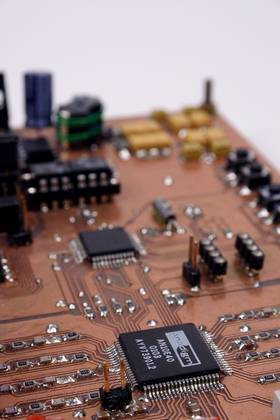About the course

In this course students acquire knowledge about the physical phenomena that are present in the design process of electronic systems and develop the ability of selecting appropriate components and technologies for the realization of system components with emphasis on printed circuit boards. Students get acquainted with procedures of electronic system design from technical and business perspective.
Detailed content:
- Basic principles of design and construction of the electronic systems. Costs and incomes. Cumulative profit. Tolerance, yield and waste. Permissible and tolerance range. Normal distribution. Tolerances in several parameters. Tolerance and production.
- Reliability and system reliability computation. Backup systems and reserves. Environmental factors and modeling the effects of: temperature, humidity, voltage, temperature cycles. Measurement of reliability. Reliability improvement techniques.
- The quality of electronic products. ISO 9000 system. Safety standards. Standards in the field of EMC. EMI model. Design Technique for EMC. The CE marking.
- Production, testing and impact on quality. Assembly of printed circuit boards.
- Types of printed circuit boards. Radiation of printed circuit boards. Signal loops. Ground connection. The critical size of the loops. Mirror plane and the return paths.
- Signal integrity in circuit boards. Timing circuits. Signal propagation speed, critical dimensions and frequencies. Blocking and filtering. Capacitance of power supply lines in printed circuit boards. Fast transfer of signals on the lines and losses.
- Discharges: nature and effects. Protection against discharge. Discharges in the atmosphere (lightning).


